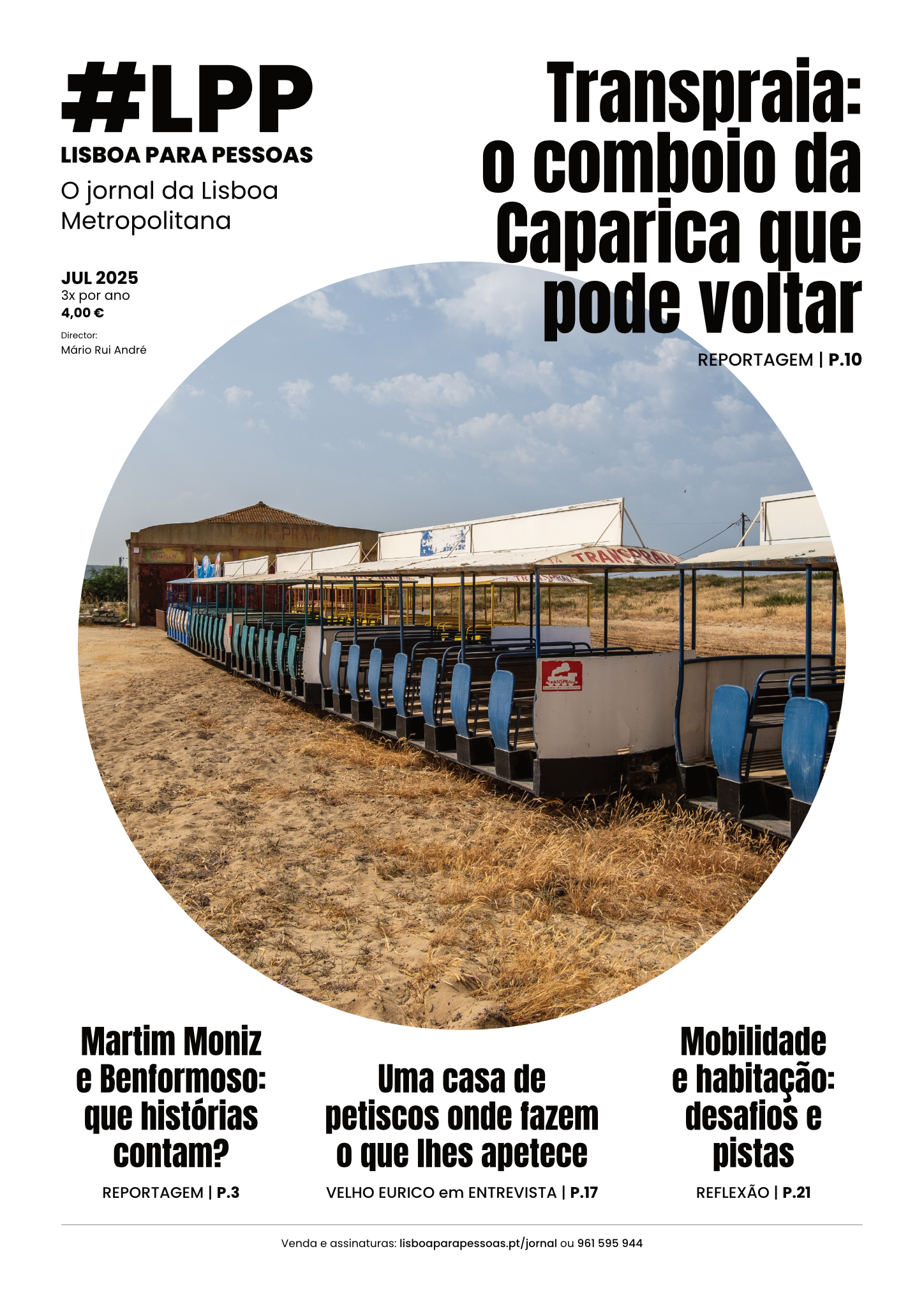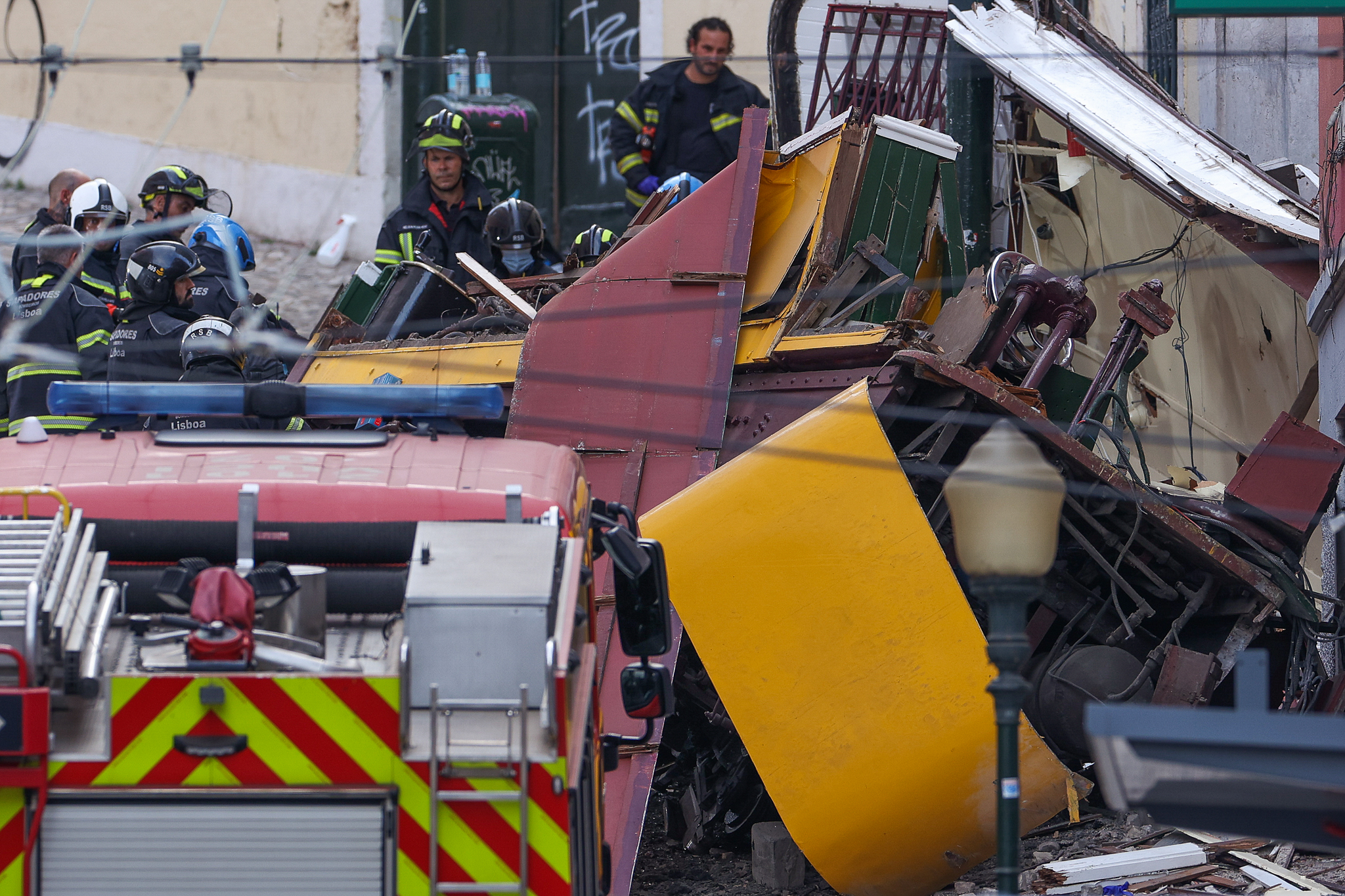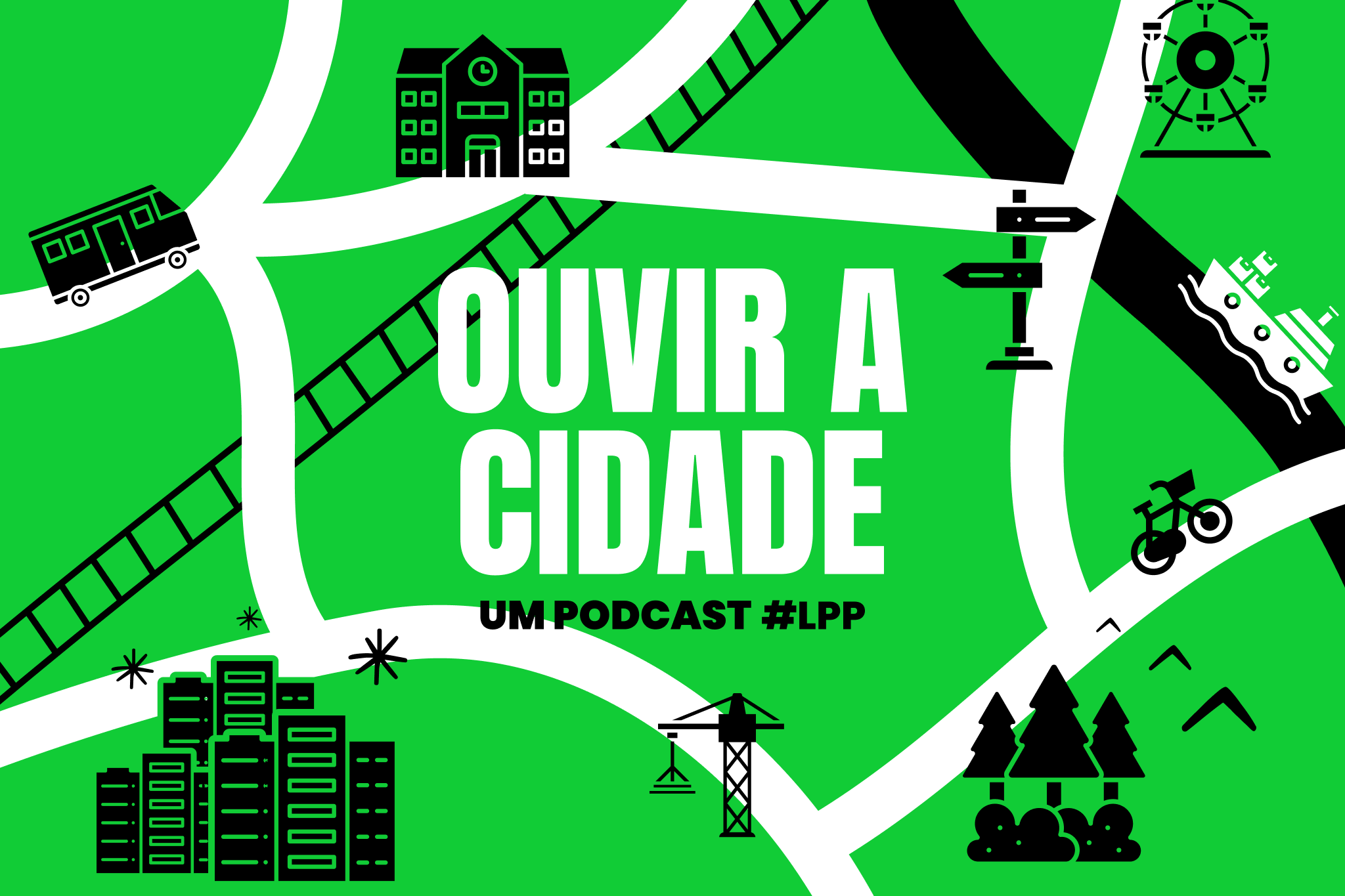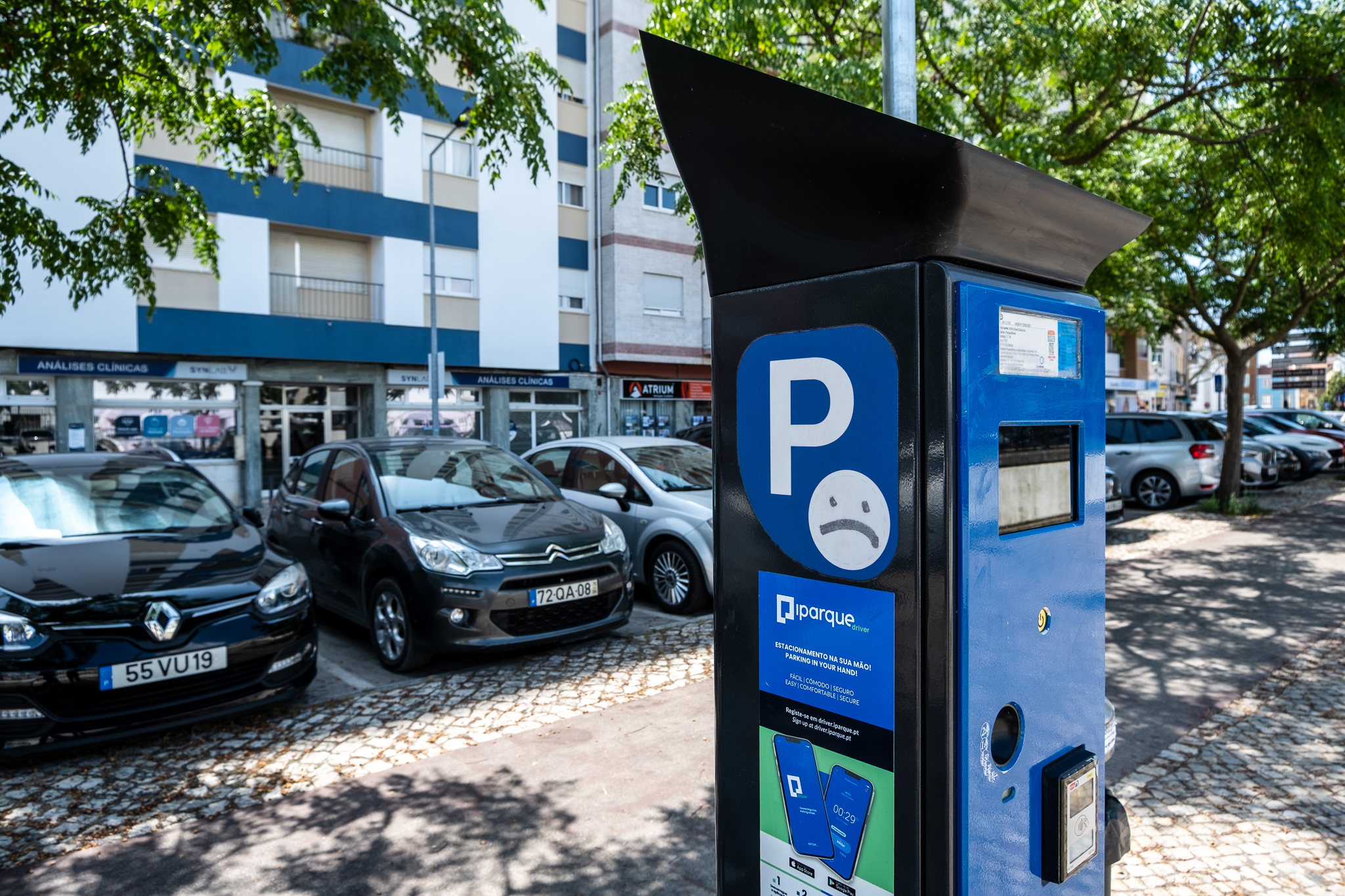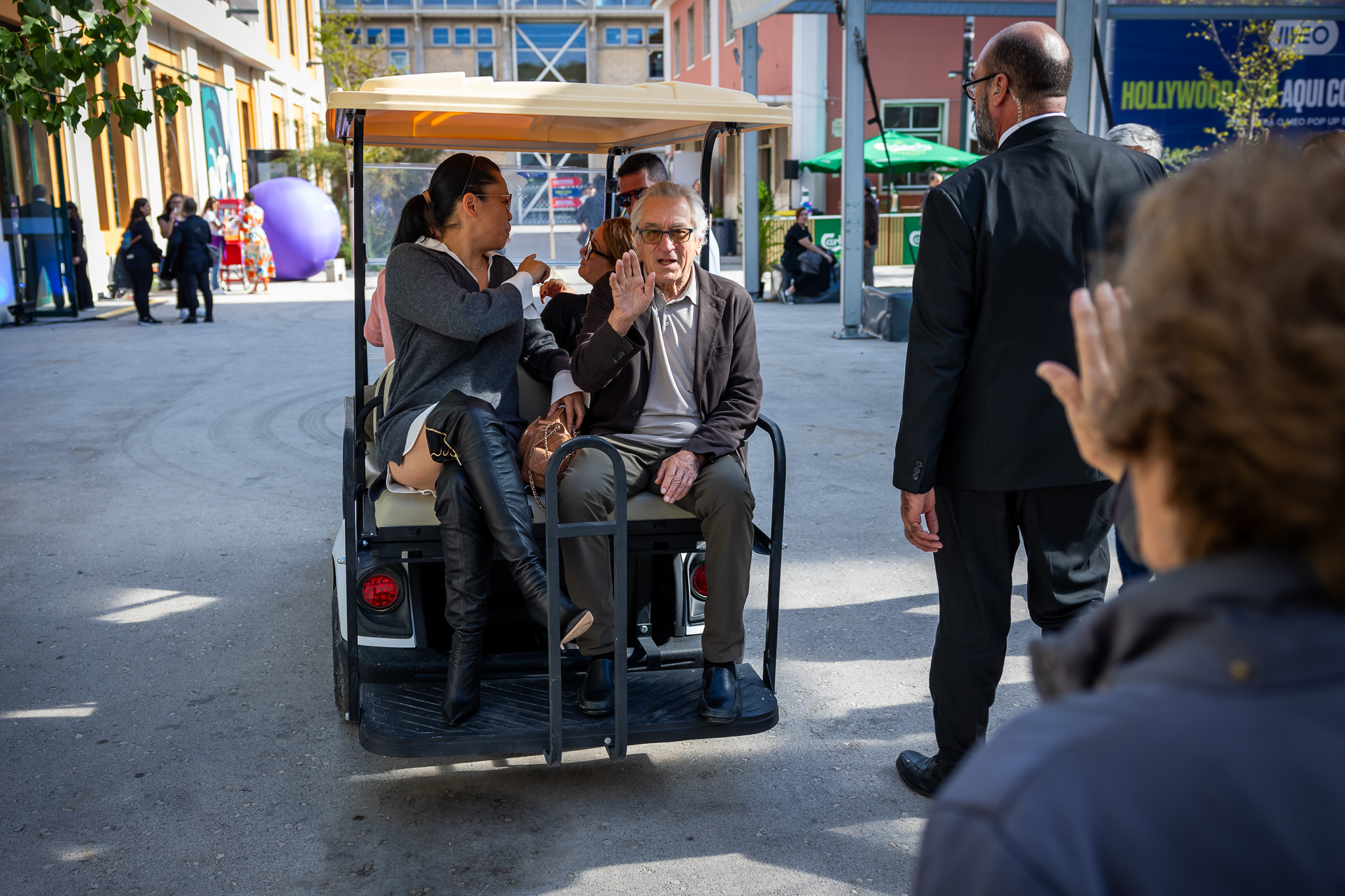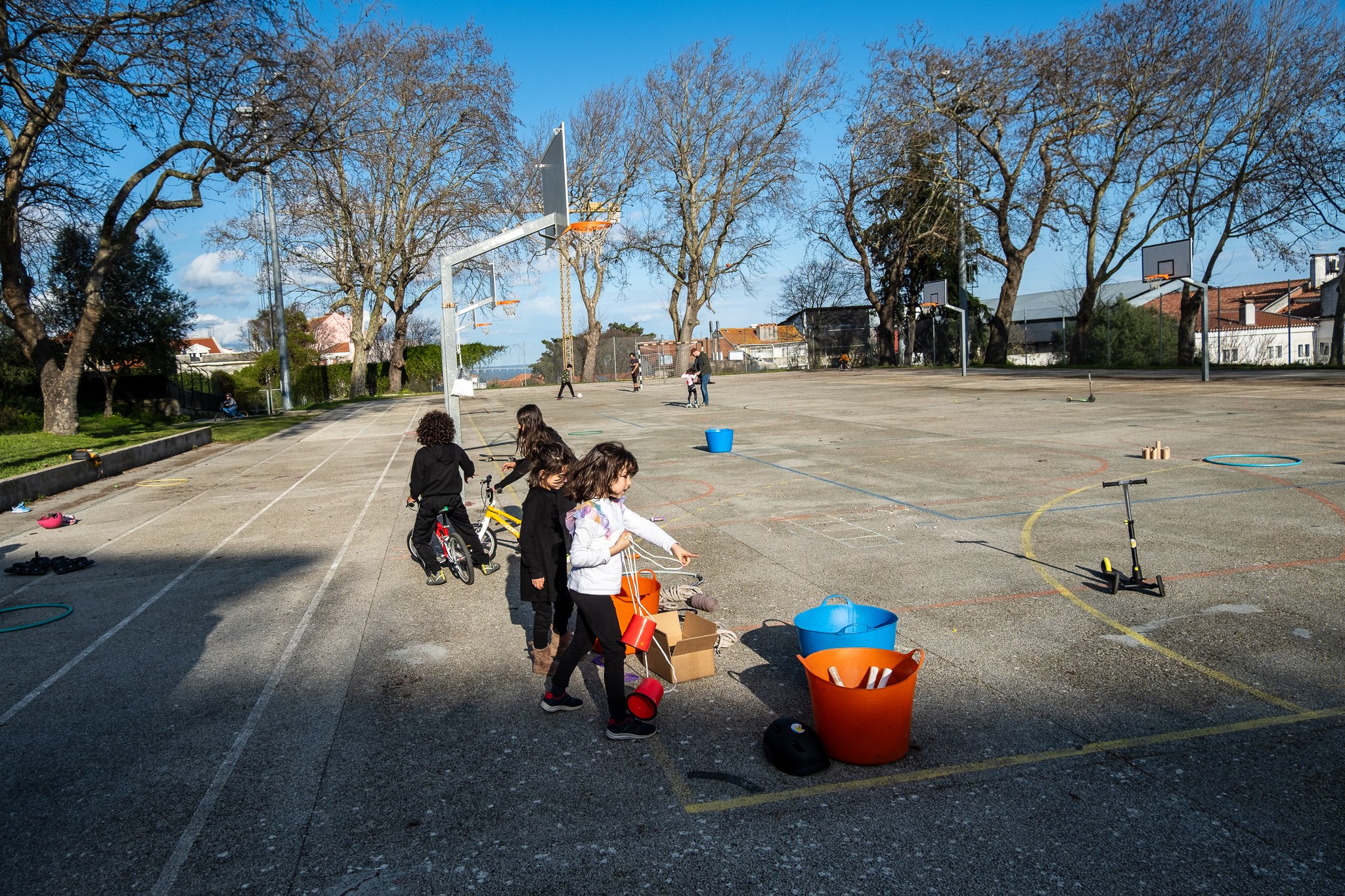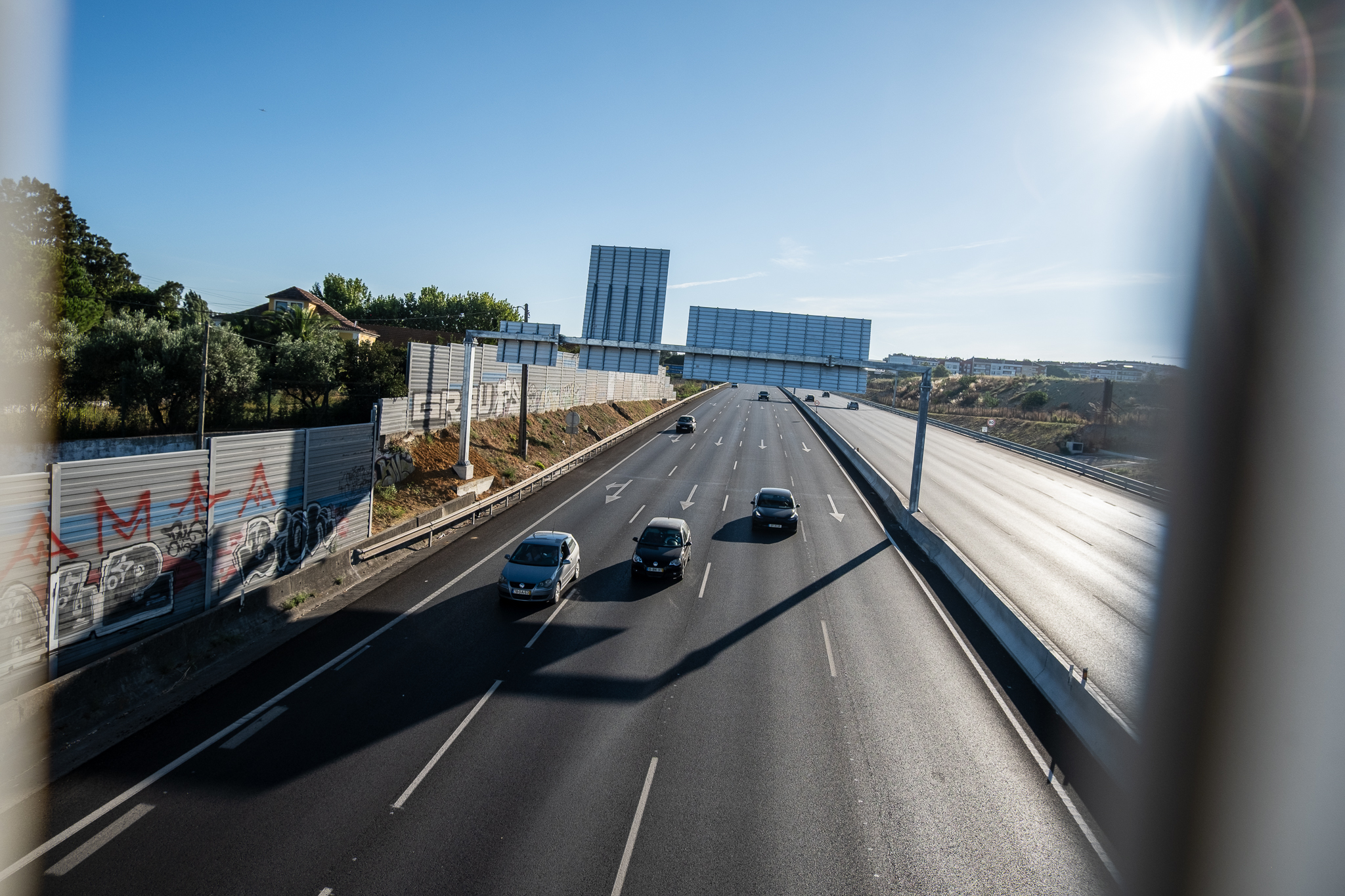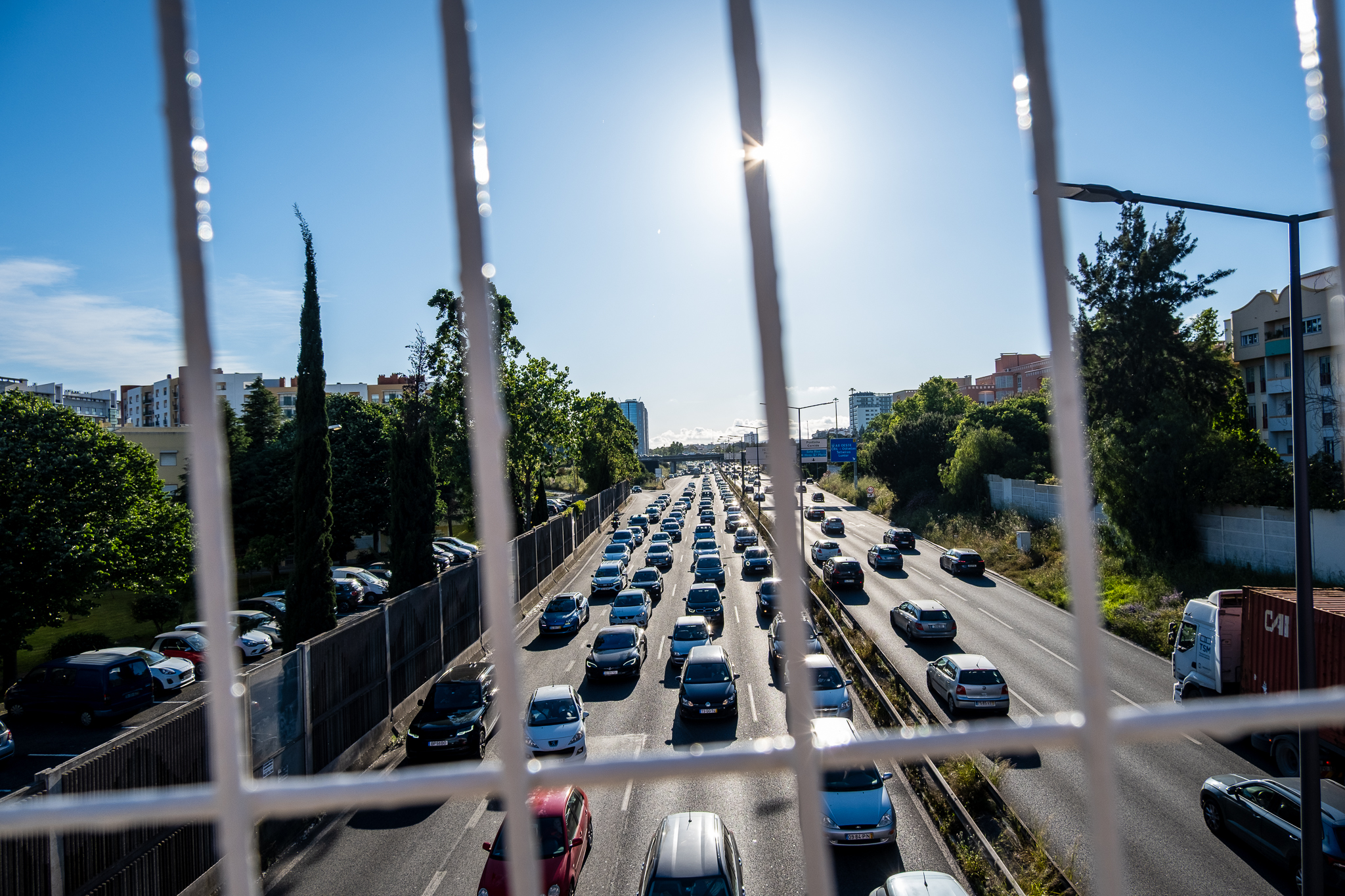The Autoridade da Mobilidade e Transportes (AMT), the Portuguese regulator for the transport sector, has presented a set of recommendations for legislators, municipalities, and society in general.
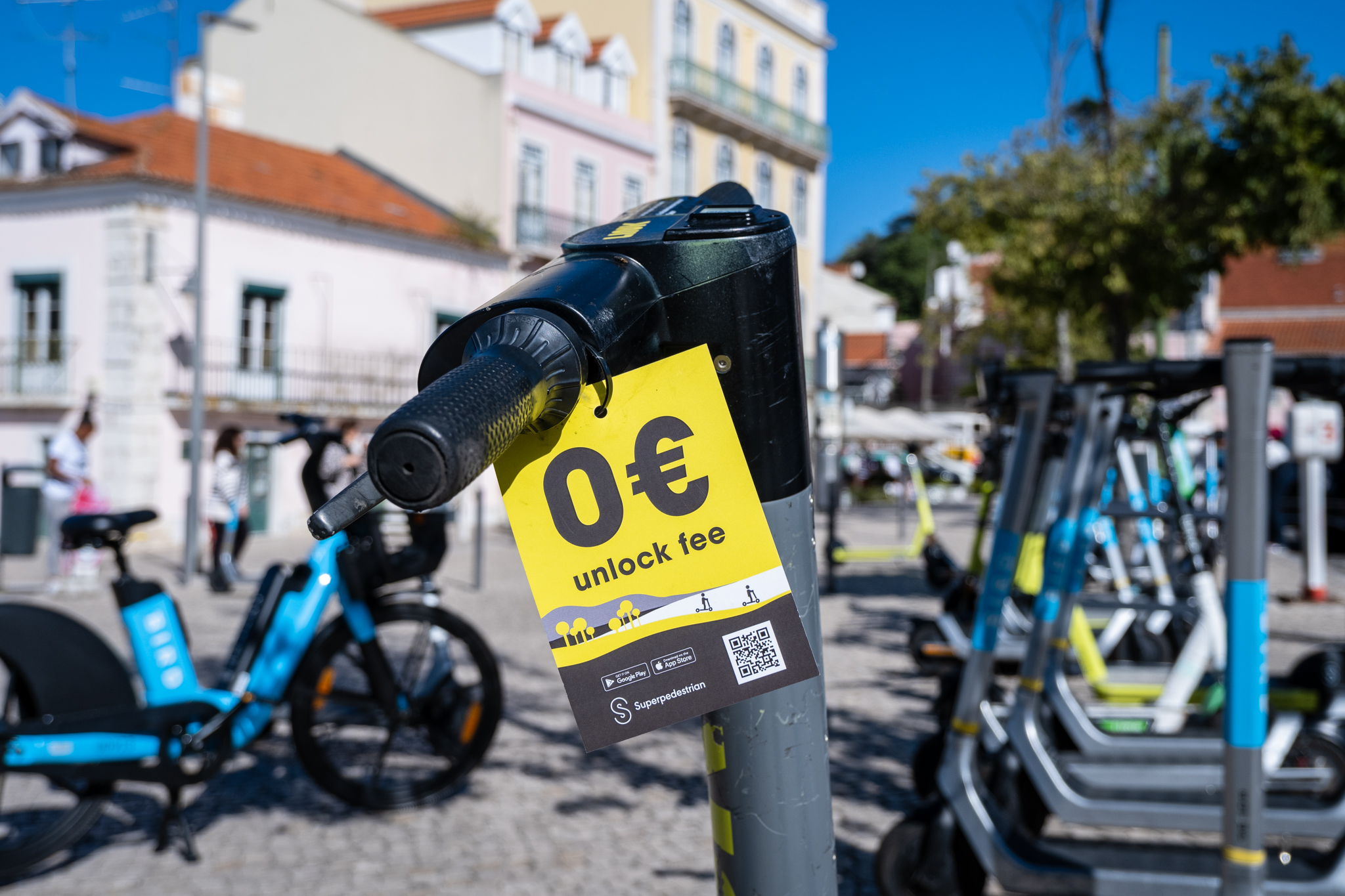
The Portuguese regulator for the transport sector presented, in early January, a set of recommendations for the so-called shared micromobilityIncluding scooters. A Mobility and Transport Authority (AMT) understands that use of the proper parking places for scooters and bicycles should be mandatory, which in coexistence zones the speed limit of 20 km/h should apply and that the helmet should be a requirement for users up to the age of 16.
For AMT, "shared micro-mobility is essential to, in a complementary way to the public transport system, ensure small trips".but states that "massive and unregulated use" of those vehicles has had “strong negative impacts". in citiesThis is especially true in terms of public space and the safety of its users. According to the national regulator, "if general rules are not established on the technical regulation of vehicles and the management of public space - including circulation and parking - negative externalities occur that affect all users of that space, especially the most vulnerable, such as children, the elderly, and people with disabilities or impairments, with special emphasis on the blind".
The AMT also considers that there is a need for "clear rules for access to the activity and to the market"in a perspective of economic regulation of the shared micromobility market, which is dominated by technology companies with business models that benefit from the scale of the operation. For the Portuguese regulator, there is "an unequivocal trend toward shared micromobility regulation" at the European level, and the recommendations it now presents are also based on the lessons learned in these cities, "in a context of lack of reliable and consistent data".
The proposals
The recommendations of the Mobility and Transport Authority (AMT) were presented on January 5th at an event held at the Pavilion of Knowledge. AMT presented the document Guidelines on Shared Micromobility Regulationwhich, in addition to proposals for regulation, takes an X-ray of the shared micromobility universe and intends to serve as a kind of practical guide.
AMT's proposals are addressed to "State Legislator" - the Assembly of the Republic and the Government - as well as the "central government bodies responsible for road safety and the technical regulation and approval of vehicles" - the Autoridade Nacional de Segurança Rodoviária (ANSR) and the Instituto da Mobilidade e Transportes (IMT) - and also the municipalities, "who are also Transport Authorities and responsible for planning and managing public space".
The document is also useful for scooter and bike sharing operators, users of these services, and citizens in general, contributing to the debate on a media issue in Portuguese cities.
On road safety:
AMT suggests amending the Highway Code to:
- make the use of the spaces dedicated to the parking of scooters and bicycles is mandatoryincluding virtual stations (so-called "hotspots" or "sharing points"). The regulator believes that this obligation can solve the public space problems currently experienced in several cities;
- establish the 20km/hour speed limit in coexistence zones and 25 km/hour on the remaining roads. The speed limit is already 20 km/h in coexistence zones for all types of vehicles, but the AMT wants the Highway Code to include a direct reference to shared micro-mobility in this rule;
- make Helmets are mandatory until the age of 16;
- prohibit circulation on roads with high traffic intensity and when it causes danger or hindrance to traffic, and the AMT does not specify these concepts.
- maintain compulsory personal accident and civil liability insurancewhich already exists. According to the AMT, the use of shared micromobility should continue to be covered by insurance, as distinct from private micromobility (scooters and self-driving bicycles with electric assistance) where insurance should remain optional;
- be introduced specific requirements for driving these vehicles on the road (i.e., outside of bike lanes and other reserved lanes).
About the technical features:
According to the regulator, shared micromobility vehicles must have:
- affixed in a visible place, a manufacturer's plate with the different information: make and model, maximum speed, serial number or other vehicle identifier, and year of construction.
- an weight less than 50 kg and a maximum speed 25 km/hThey must have mechanisms that limit the speed and maximum propulsion power, and also prevent speed and power manipulation;
- tail lights red in color, front white in color and lateral white or yellow in color, as well as stop lamps to indicate the speed reduction;
- two independent brakes capable of providing minimum deceleration and allowing the vehicle to decelerate to a stop. In the event of failure of one brake, the other brake shall be capable of exerting at least 44% of the braking effect without affecting the path of the vehicle;
- an audible warning (bell-like) to alert other users of your presence on the road, a speed and battery status indicator, and a rest system that allows proper parking in the allowed places;
- an geolocation system that allows you to locate the vehicle at any time and establish a virtual perimeter around it in order to prevent it from driving or parking in prohibited areas;
- a maximum length and width, batteries with certain characteristics to be defined, a minimum diameter for the wheels and tires with a rough surface that ensures grip on the ground, and also a control mechanism to minimize misuse by more than one user.
About public space:
AMT recommends that municipalities:
- with use of georeferencingAMT, establish places where traffic is prohibited, such as heavy traffic zones or historic areas, mandatory parking places, and areas with speed limits. AMT says that operators should be required to comply with these measures;
- reserve the use of sidewalks for pedestrians e preserve the good state of maintenance of the reserved bicycle lanes (bike paths), "since it has been demonstrated that poor maintenance of these roads induces greater use of the roads by the drivers of these vehicles";
- recommend the use of a helmet over the age of 16, "at least as information to be included in the electronic platforms to be displayed before users activate the vehicle.";
- define collection obligations for damaged or badly parked vehicless, "to be executed within a certain period of time upon request by the municipality or citizens"and also obligations of maintenance and periodic inspection of the vehicles, ensuring their minimum conditions of safety and functionality, such as maximum speed, brakes, lighting, and tires;
- promote information campaigns on the applicable rules local level and on the safe use of vehicles, especially for inexperienced users, "since studies show that most accidents occur on first use".
At the economic and environmental level:
In this scope, the regulator also intends to:
- that, before settling in a location and during the period of activity, the operators share information on the number and technical characteristics of vehicles with municipalities and inspection authoritiesas well as real-time geo-referenced data of its fleet;
- to be promoted a fare integration between public transport and shared micromobility servicesin a logic of intermodality;
- ponder, "according to the specificities of each territory, the attribution, through a competitive model (competition for the market), of licenses for public space occupation by shared micromobility services, with limited duration and identification of maximum number of bicycles or equivalent covered";
- introduce the concept of shared micromobility in the Highway Code, municipal sustainable urban mobility plans (PMUS) and other documents, with AMT suggesting the following definition: "transportation made available to users in sharing models, notably through digital means, carried out over short distances, using vehicles of reduced power, size, weight and speed, mostly bicycles, powered in most cases by electric energy".
- promote environmental obligations applicable to "all vehicles in the shared micromobility universe, namely those used for logistics purposes"There should be clear environmental standards for the vehicles that collect and return the vehicles and batteries;
- establish measures to ensure that the end-of-life vehicles get proper environmental treatmentincluding its batteries.
